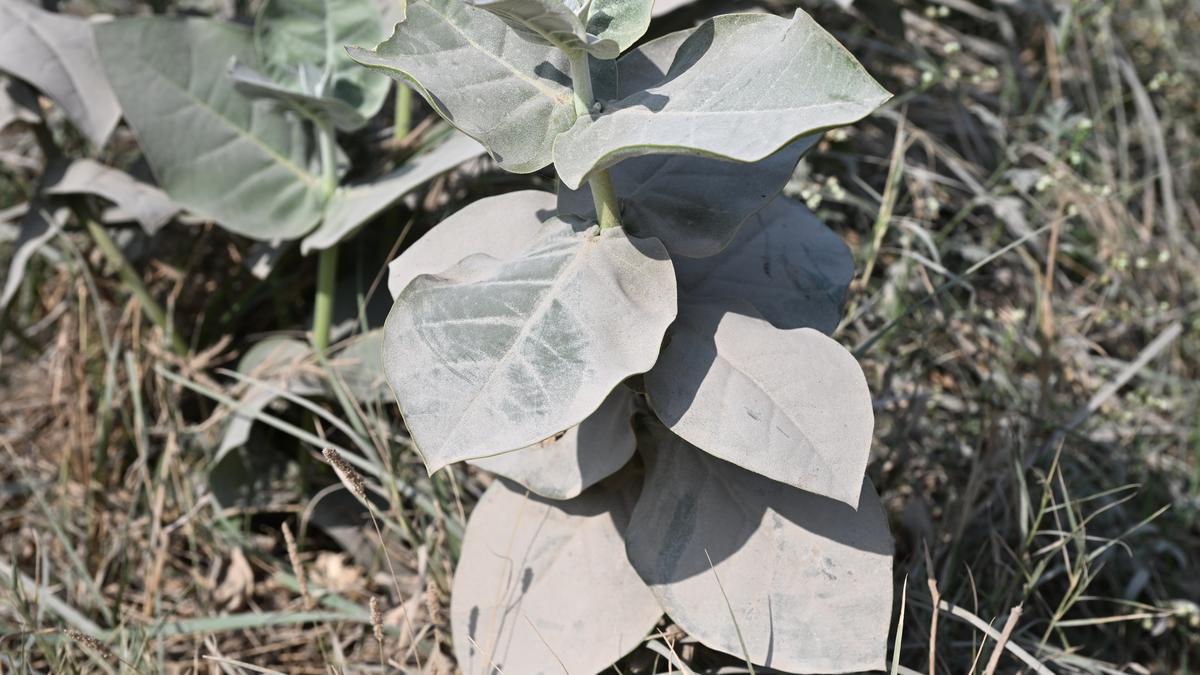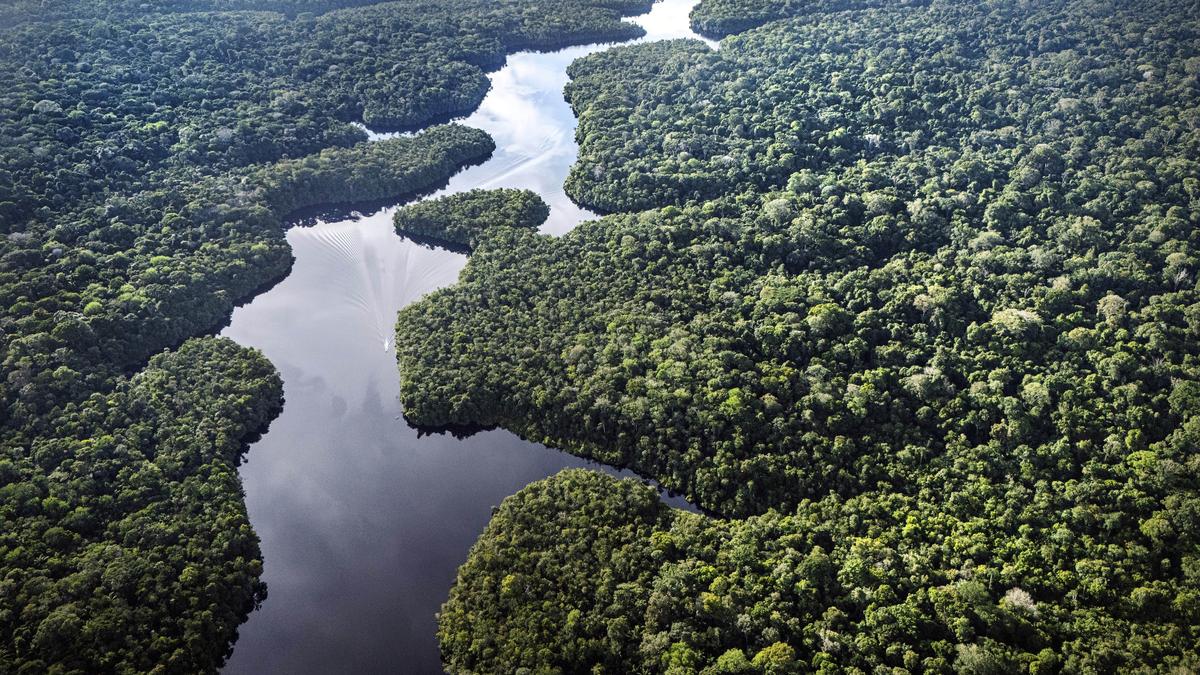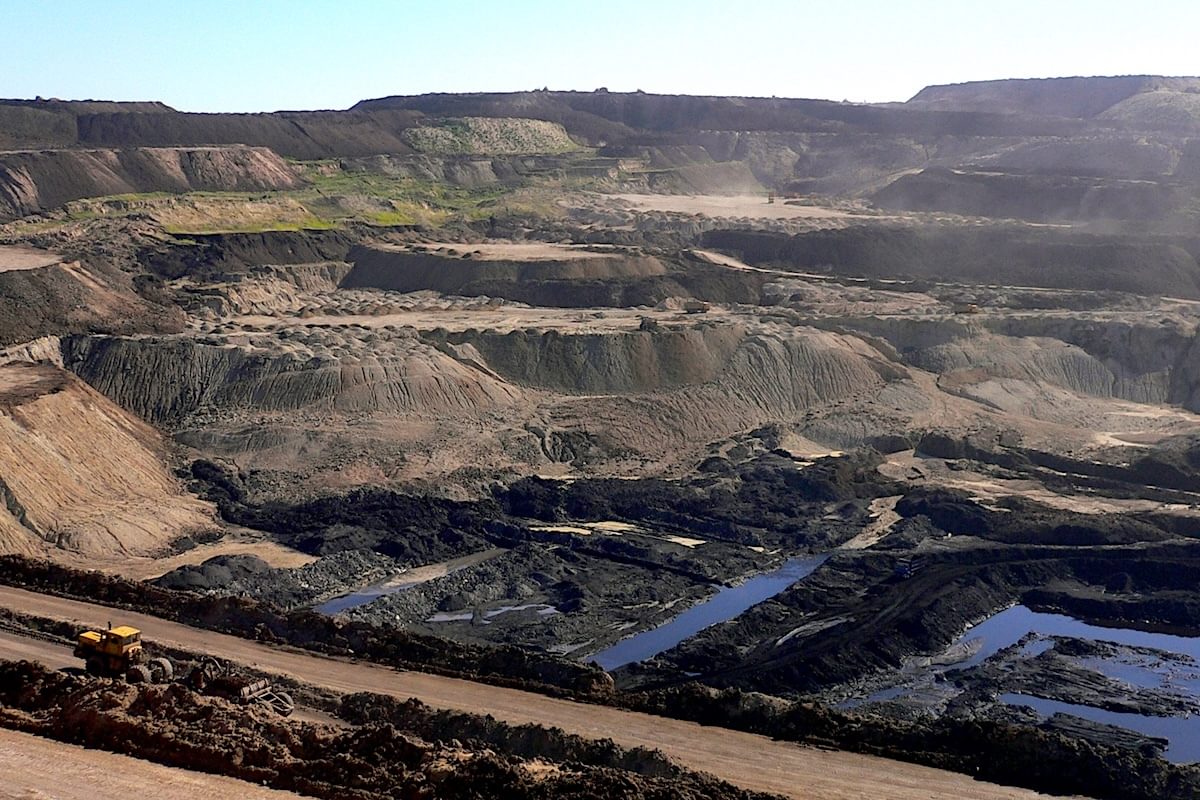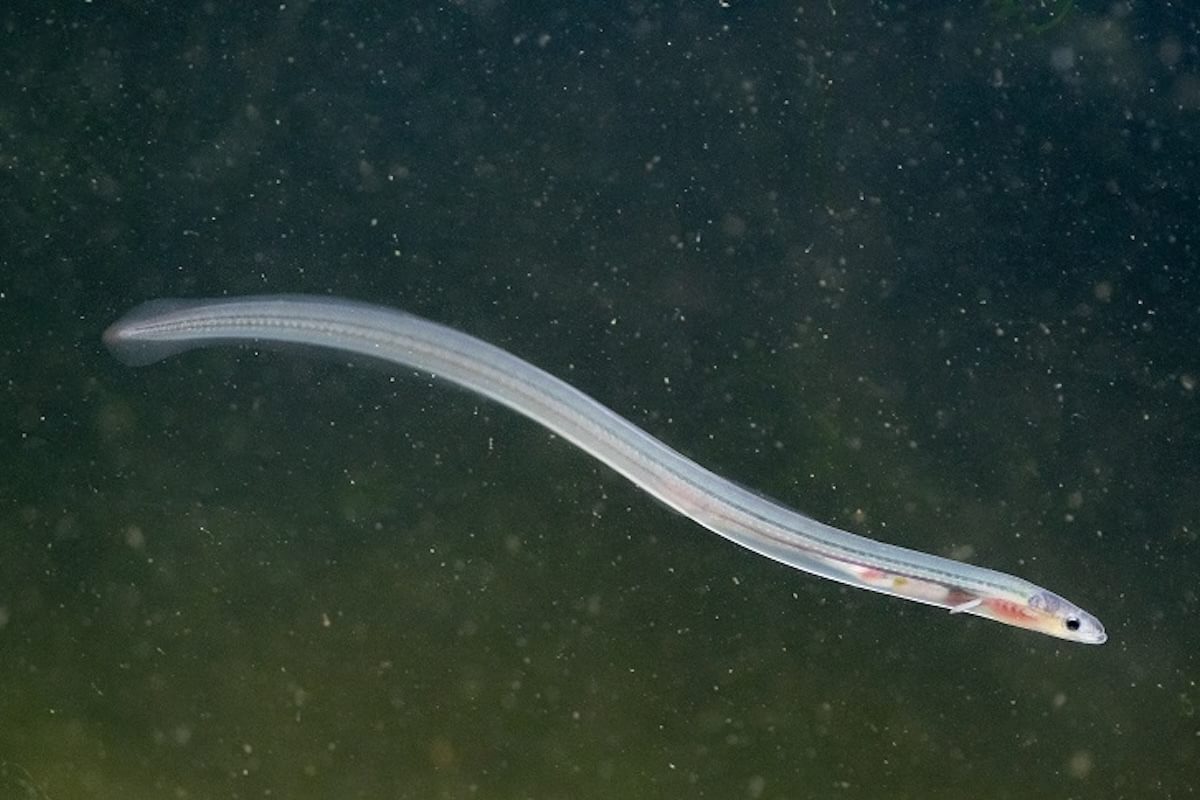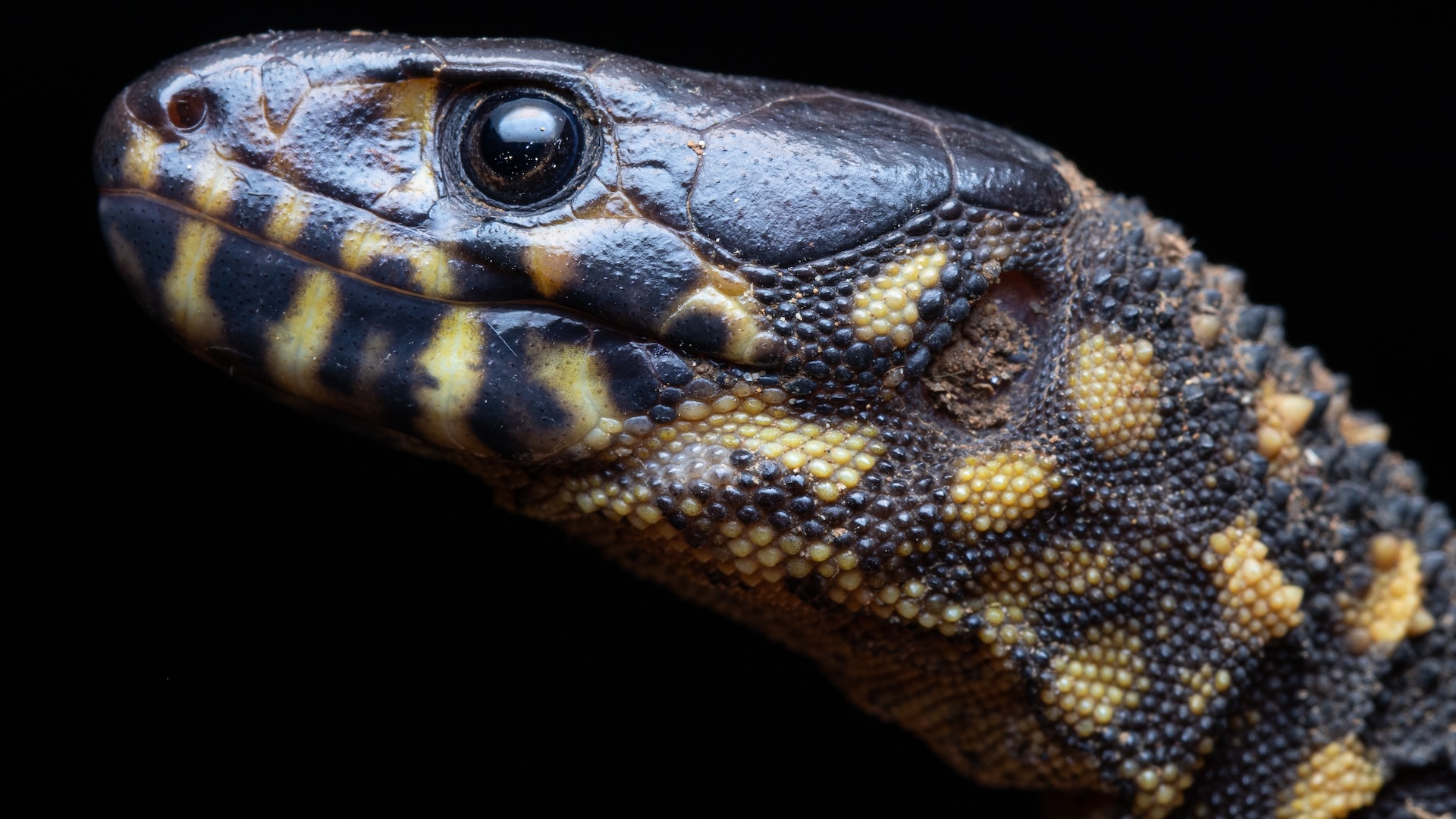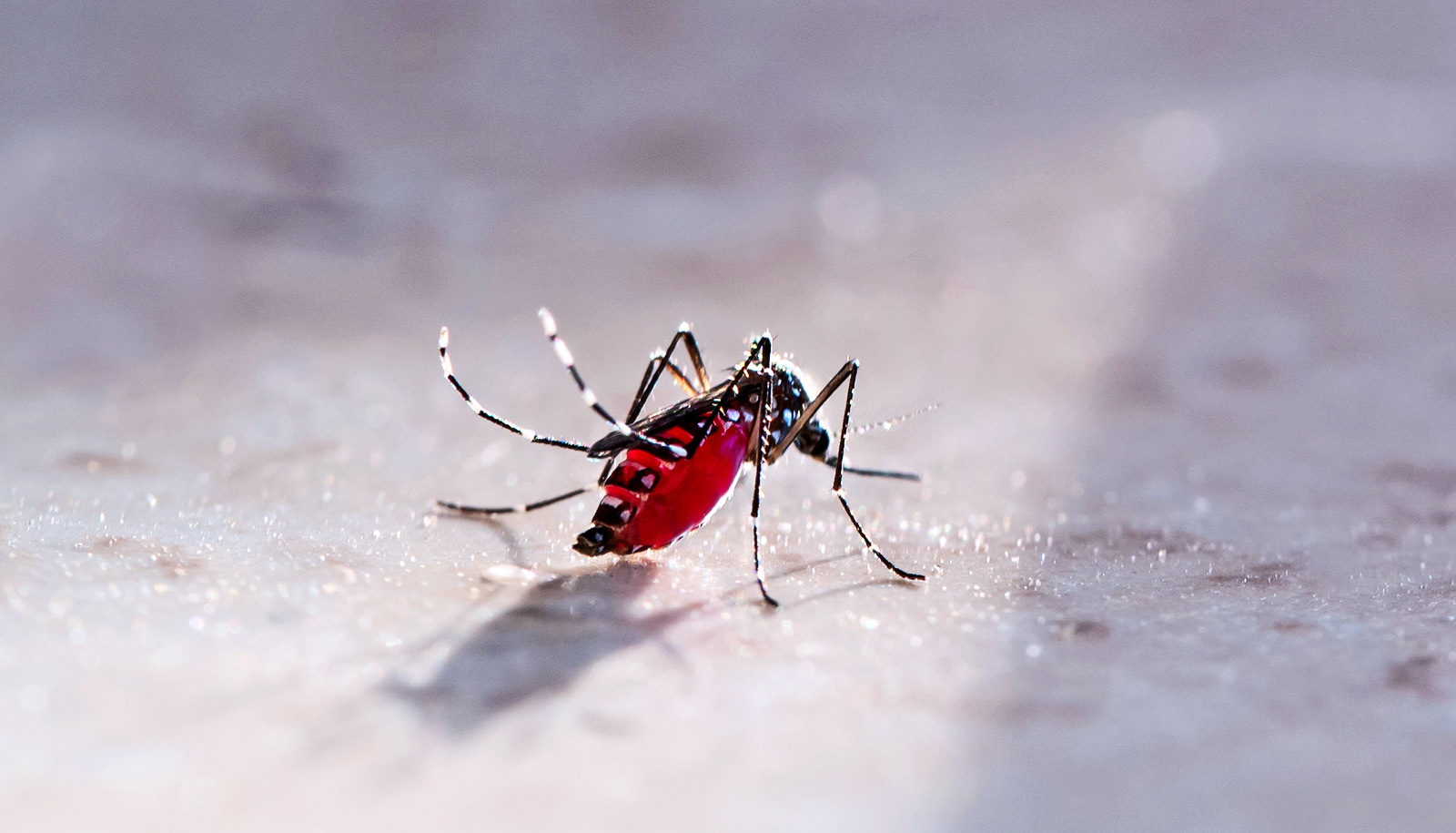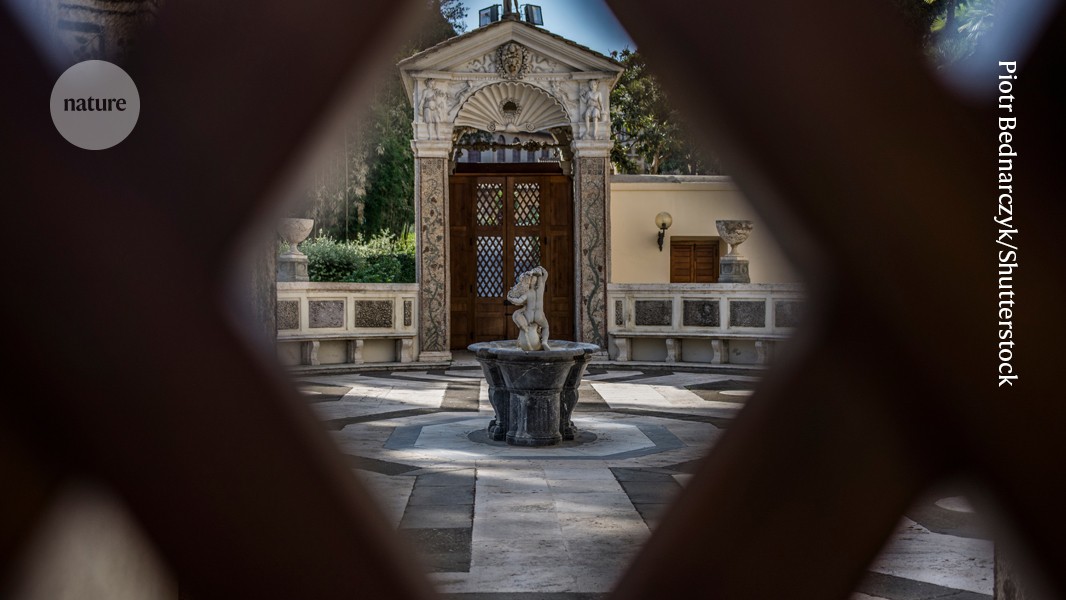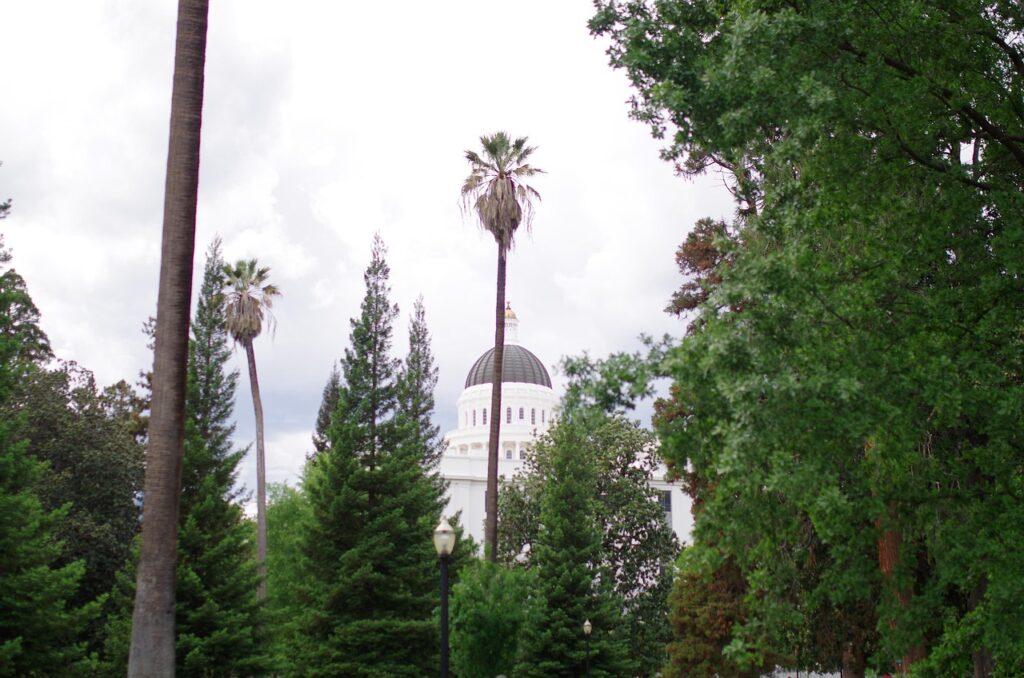‘A cemetery of trees’: vast green expanses turned to dust as loggers plunder South America’s Gran Chaco
Jaguars, giant armadillos and ocelots among species threatened by shrinking habitat in one of the richest areas of biodiversity in the worldIn the Gran Chaco forest, vast green expanses – home to jaguars, giant armadillos and howler monkeys – have turned to fields of dust. The forest once brimmed with life, says Bashe Nuhem, a member of the Indigenous Qom community, but then came a road, and soon after that logging companies. “It was an invasion. Loggers came without any consultation and families moved away. Those that stayed were left with only a cemetery of trees,” she says.The Gran Chaco is South America’s second-largest forest after the Amazon; its 100m hectares (247m acres) stretch across Argentina, Paraguay, Brazil and Bolivia. It is also one of the richest areas of biodiversity in the world – host to more than 3,400 species of plants, 500 birds, 150 mammals, 120 reptiles and 100 amphibians. Continue reading...

Jaguars, giant armadillos and ocelots among species threatened by shrinking habitat in one of the richest areas of biodiversity in the world
In the Gran Chaco forest, vast green expanses – home to jaguars, giant armadillos and howler monkeys – have turned to fields of dust. The forest once brimmed with life, says Bashe Nuhem, a member of the Indigenous Qom community, but then came a road, and soon after that logging companies. “It was an invasion. Loggers came without any consultation and families moved away. Those that stayed were left with only a cemetery of trees,” she says.
The Gran Chaco is South America’s second-largest forest after the Amazon; its 100m hectares (247m acres) stretch across Argentina, Paraguay, Brazil and Bolivia. It is also one of the richest areas of biodiversity in the world – host to more than 3,400 species of plants, 500 birds, 150 mammals, 120 reptiles and 100 amphibians. Continue reading...























